
Cable length (L) [m] A1 1 2 5 6 (17.7) (10.2) (14) (18) 1 3 5 8 A B C 1.5 3 5 8 A6 B1 B3 A1 A3 B6 (13.5) 1 2 (5.7) 15 16 Connector B Connector D (30.7) L (11) (14.7) (10) 8 A B C LE-CP/Cable length: 8 m, 10 m, 15 m, 20 m ( Produced upon receipt of order) 10 15 Actuator side Controller side 20 (5.5) (6.3) (5.7) (14.2) Connector C (Terminal no.)
mm/s 10 10 ISO Class 8 10 10 0 L/min (ANR) ISO Class 7 ISO Class 7 10 10 Particle concentration [particles/m3] Particle concentration [particles/m3] ISO Class 6 ISO Class 6 10 10 0 L/min (ANR) 50 L/min (ANR) ISO Class 5 ISO Class 5 10 10 1000 1000 20 L/min (ANR) ISO Class 4 ISO Class 4 100 100 70 L/min (ANR) 30 L/min (ANR) 10 10 1 1 0 0.1 0.2 0.3 0.4 0.5 0.6 0 0.1 0.2 0.3 0.4 0.5 0.6 Particle
CN5: Parallel l/O Connector 4.1 Parallel I/O signals (changed) Parallel input / output signal functions can be switched using the MODE input (terminal No. A8). Functions when the MODE input is OFF and ON are explained as follows. I/Ocable B1 A1 A1 A13 B1 B13 B13 A13 Connector for CN5 of the controller The end to be connected to a PLC, etc. (1) When the MODE input (Terminal No.
Select the graph that corresponds to the imaginary stroke l. l k Imaginary stroke l = (Stroke) + k + l k: Distance between the center and end of the plate 6 (Example) 1. When using CXSJM6-10 and l = 15 mm: Imaginary stroke l = 10 + 2.75 + 15 = 27.75 Therefore, the graph used for your model selection should be the one for CXSJM6-30 (6) ). 2.75 mm 10 4 mm 15 5 mm 20 6 mm 25 2.
Select the graph that corresponds to the imaginary stroke l. l k Imaginary stroke l = (Stroke) + k + l k: Distance between the center and end of the plate 6 (Example) 1. When using CXSJM6-10 and l = 15 mm: Imaginary stroke l = 10 + 2.75 + 15 = 27.75 Therefore, the graph used for your model selection should be the one for CXSJM6-30 (6) ). 2.75 mm 10 4 mm 15 5 mm 20 6 mm 25 2.
4 83 73 5 4 x 30 l Polished round 20 CDP-7A 100 250.065 0.117 4 88 78 5 4 x 36 l Polished round 24 Dd9 m l L * Split pins and flat washers are included.
T K ZZ + l + Stroke h + l C FT BN N CLS B H M S + Stroke ZZ + Stroke CLQ Long stroke (50 to 100) 4-FD MLGP RLQ MLU FY BF RY e d ML1C 8 f l ZZ + Stroke Z FT RT DFZ FX ZZ + l + Stroke h + l -X 20Bore size (mm) Stroke range (mm) A AL B B1 BF BN BP BQ C D E FD FT FV FX FY FZ GA GB GC GD GL GL1 GR H1 J 40 50 63 80 100 30 27 60 22 71 96 1/8 1/8 44 16 32 9 12 60 80 42 100 85 15 52 16 12 12 10 8
T K ZZ + l + Stroke h + l C FT BN N CLS B H M S + Stroke ZZ + Stroke CLQ Long stroke (50 to 100) 4-FD MLGP RLQ MLU FY BF RY e d ML1C 8 f l ZZ + Stroke Z FT RT DFZ FX ZZ + l + Stroke h + l -X 20Bore size (mm) Stroke range (mm) A AL B B1 BF BN BP BQ C D E FD FT FV FX FY FZ GA GB GC GD GL GL1 GR H1 J 40 50 63 80 100 30 27 60 22 71 96 1/8 1/8 44 16 32 9 12 60 80 42 100 85 15 52 16 12 12 10 8
L k Imaginary stroke L' = (Stroke) + k + L k: Distance between the center and end of the plate 6 (Example) q When using CXSJM6-10 and L = 15 mm: Imaginary stroke L' = 10 + 2.75 + 15 = 27.75 Therefore, the graph used for your model selection should be the one for CXSJM6-30 6 ). 2.75 mm 10 4 mm 15 5 mm 20 6 mm 25 w When using CXSJL25-50 and L = 10 mm: Imaginary stroke L' = 50 + 6 + 15 = 71
L k Imaginary stroke L' = (Stroke) + k + L k: Distance between the center and end of the plate 6 (Example) q When using CXSJM6-10 and L = 15 mm: Imaginary stroke L' = 10 + 2.75 + 15 = 27.75 Therefore, the graph used for your model selection should be the one for CXSJM6-30 6 ). 2.75 mm 10 4 mm 15 5 mm 20 6 mm 25 w When using CXSJL25-50 and L = 10 mm: Imaginary stroke L' = 50 + 6 + 15 = 71
T1 = V/a1 = 1000/2500 = 0.4 [s], T1 T2 T3 T4 11LEJS T3 = V/a2 = 1000/2500 = 0.4 [s] L: Stroke [mm](Operating condition) V: Speed [mm/s](Operating condition) a1: Acceleration [mm/s2](Operating condition) a2: Deceleration [mm/s2](Operating condition) T = T1 + T2 + T3 + T4 [s] L 0.5V(T1 + T3) V 25AT2 = T1: Acceleration time and T3: Deceleration time can be obtained by the following equation
L Speed: V [mm/s] a1 a2 T1 = V/a1 = 300/3000 = 0.1 [s], T3 = V/a2 = 300/3000 = 0.1 [s] Time T = T1 + T2 + T3 + T4 [s] [s] L 0.5 V (T1 + T3) V T1: Acceleration time and T3: Deceleration time can be found by the following equation.
A A F F A F L L L 1 N = 0.2248 lbf 6 6 6 L=80mm L=80mm L=80mm 0.05 0.06 MXPJ6-5 MXPJ6-10 MXPJ6-5 MXPJ6-10 MXPJ6-5 MXPJ6-10 MXPJ6-5 MXPJ6-10 0.04 MXPJ6-5 MXPJ6-10 MXPJ6-5 MXPJ6-10 0.05 0.04 Table deflection (mm) Table deflection (mm) Table deflection (mm) 0.03 0.04 0.03 0.02 0.03 0.02 0.02 0.01 0.01 0.01 0 10 20 30 40 Load (N) 0 10 20 30 50 Load (N) 0 10 20 30 40 Load (N) 40 10 10 10 L=100mm
Centralized piping on right L R R L R L Slide table actuation direction Centralized piping on left R L L R R L Slide table actuation direction 4. Never disassemble the magnetic component parts (external slider, internal slider) of the actuator (cylinder). If will cause decline of the holding force, etc. 2.
MX MTS MY Centralized piping on right CY MG CX R R L DL -X R L Slide table actuation direction 20Centralized piping on left Data R L L R R L Slide table actuation direction 4. Never disassemble the magnetic component parts (external slider, internal slider) of the actuator (cylinder). If will cause decline of the holding force, etc. 2.
CY1F10 to 25-AAL CY1F10 to 25-AAR L EA approx.
L l t t l t t RR1 m m m m d Dd9 d Dd9 0.1 0.3 NX +0.2 0 A1 U1 L 7 12 Material: Pin and snap ring both SUS304 Material: SUS304 Material: Pin and snap ring both SUS304 Part no.
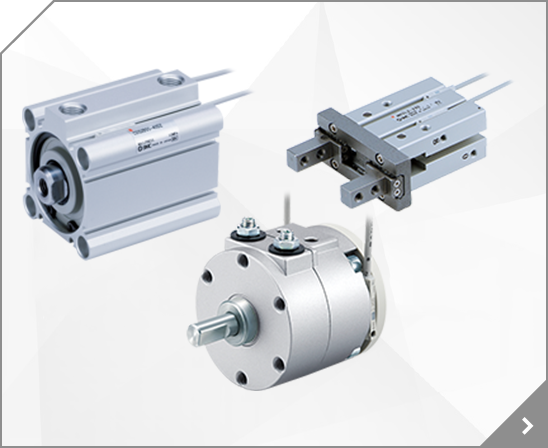
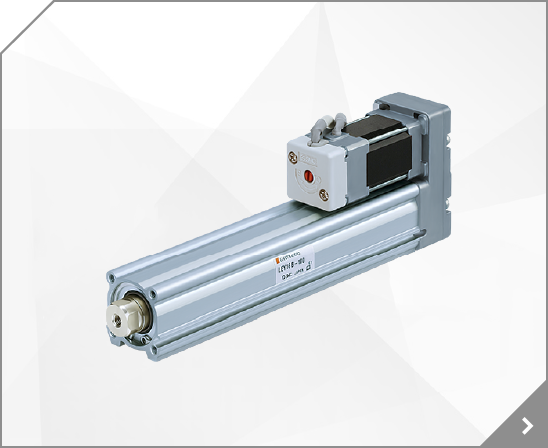
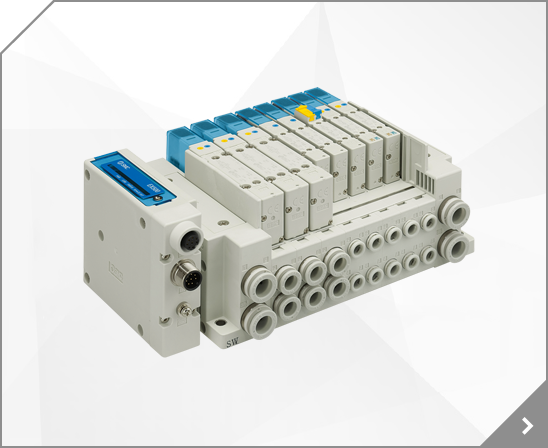
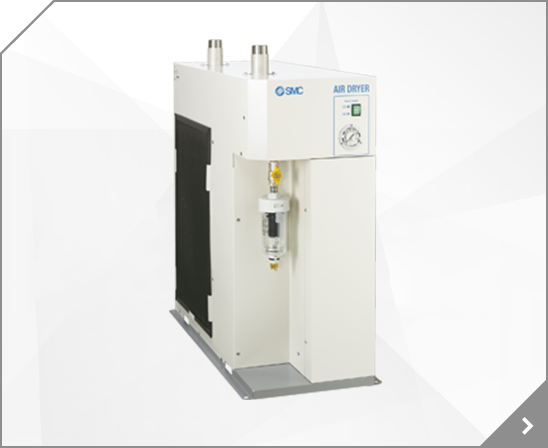
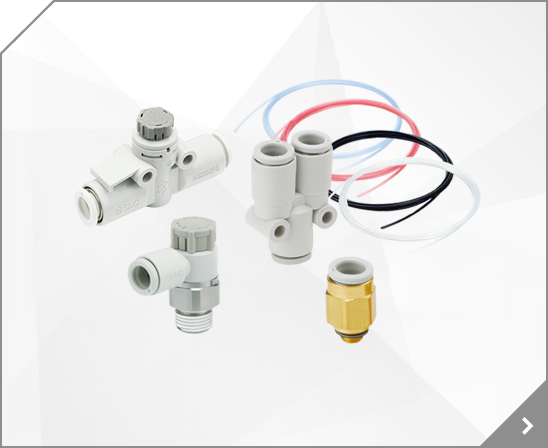
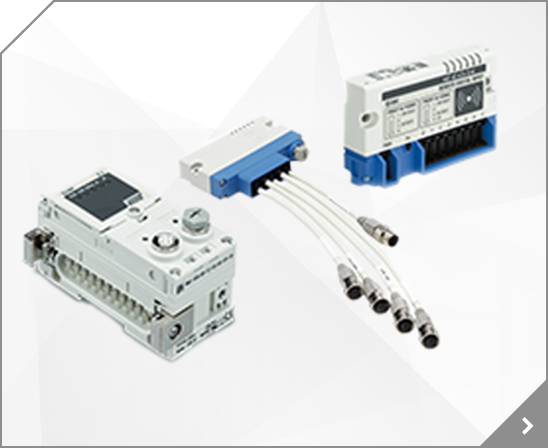
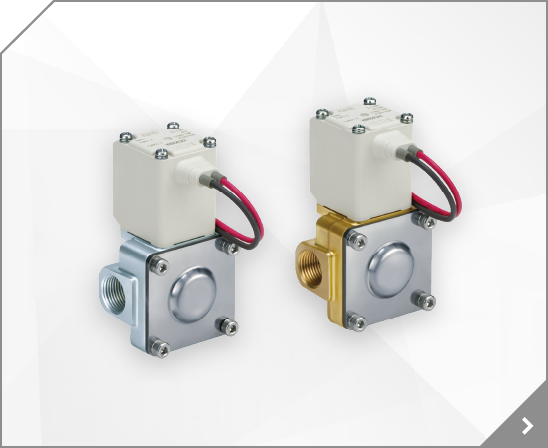
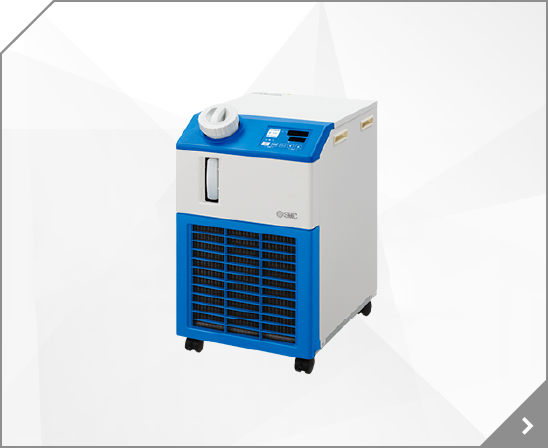
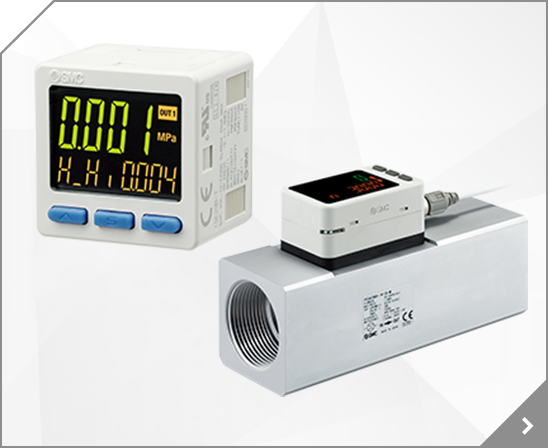
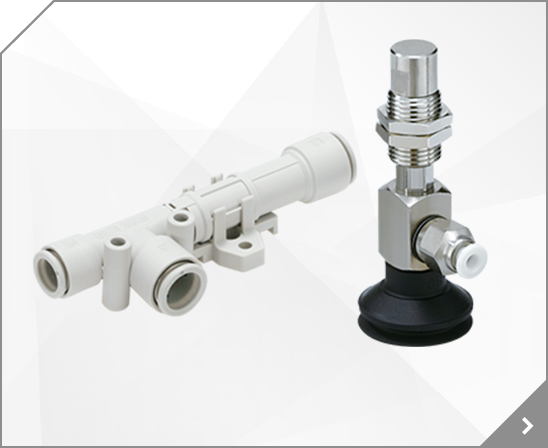

 Programless Controller (With Stroke Study) ® Specialized for Series LEM Series LECP2
Programless Controller (With Stroke Study) ® Specialized for Series LEM Series LECP2